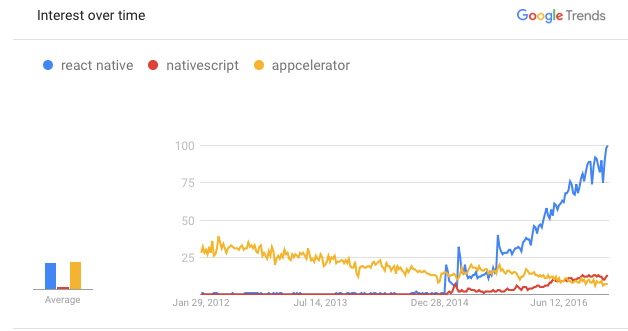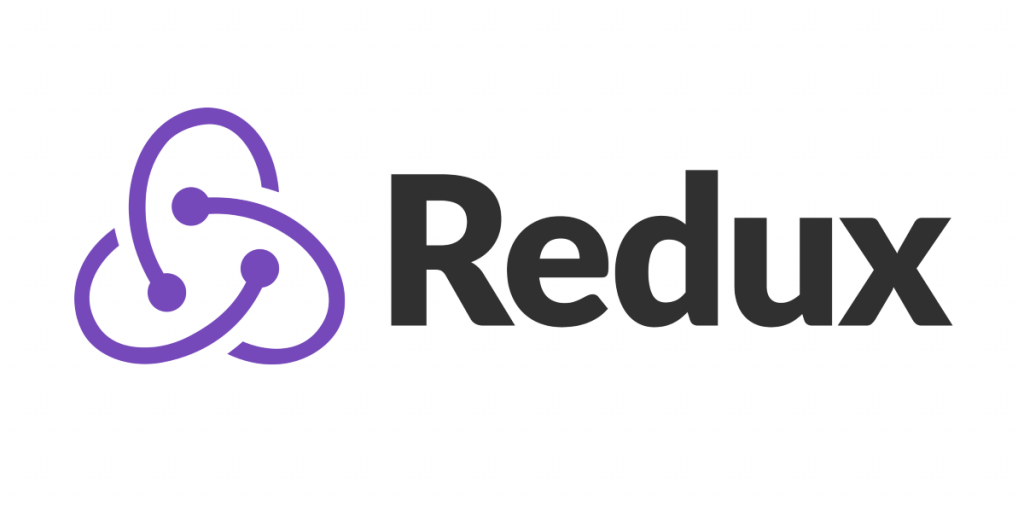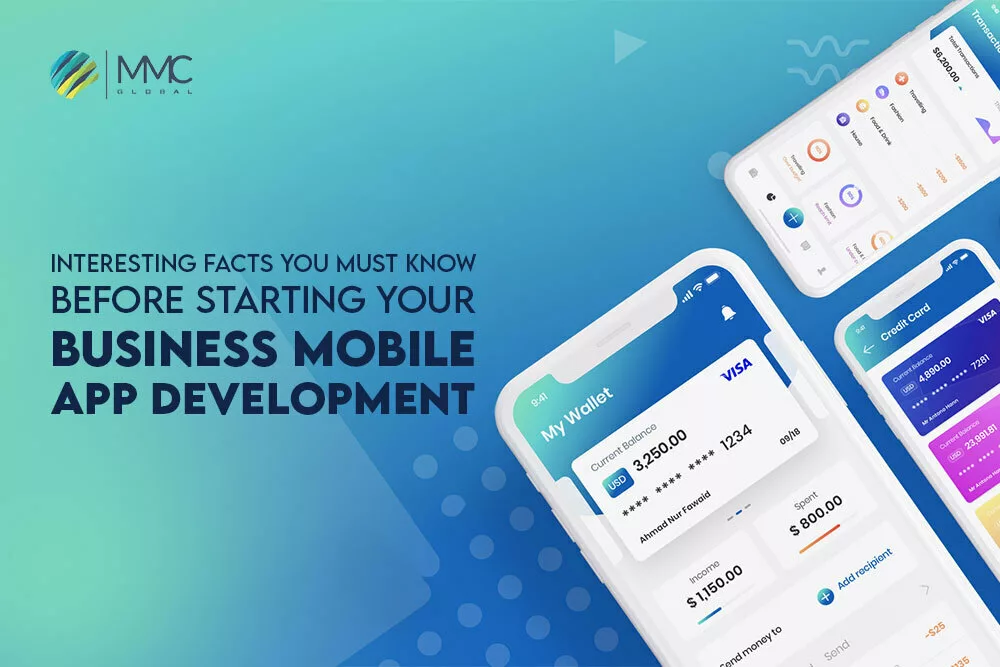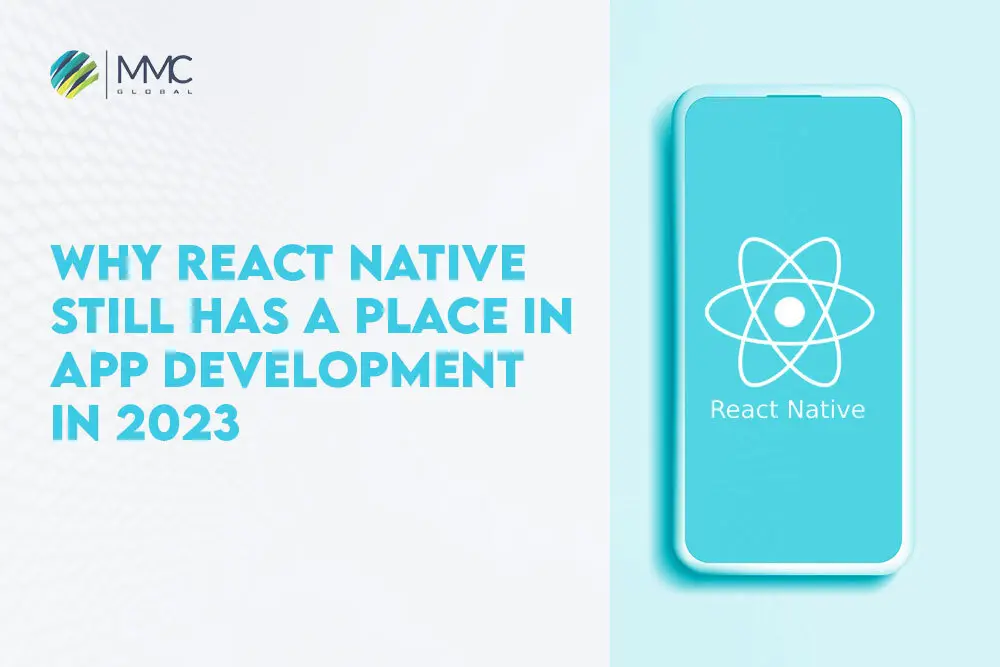React Native mobile app development is now booming as developers frequently use it for any app. Developers are doing well in understanding the workflow of the development process. But the client side is still confused about whether they should go ahead with this or if they further need another framework. However, they have lots of questions in their mind, and today I would love to answer these questions non-stop.

For all people out there, who are not tech-savvy but want to build an app that can run on multiple mobile platforms, we are answering you to discover React Native. We have compiled 15 valid and frequent questions to help everyone know what React Native mobile app development is.
15 Frequently Asked Questions About React Native Mobile App Development
Question 1: What is React Native mobile app development?
React Native is an open-source, cross-platform framework based on a JavaScript library. It helps an application build and runs on different platforms supported on Android and iOS devices. For mobile app development, it is an effective framework with multiple features and functionalities.
Read More: 20 Most Popular React Libraries to Consider in 2022
Question 2: Can we associate Android and iOS code in React Native?
Yes, we can associate Android and iOS code in React Native. React Native supports the components written in Java, Swift, and Objective-C.
Question 3: What are the three key differences between React Native and React?
| React Native Mobile App Development | React |
| is a framework that helps build applications on different platforms by compiling native components. | It is responsible for building the intuitive application UI and UX that people attract more and download the apps. |
| React Native mobile app development allows developers to build a robust mobile application of any kind. | Helps the web development faster and more accurately with the JavaScript library. |
| React Native app helps to give a native feel to each device. | It is responsible for building the intuitive application UI and UX so that people attract more and download the apps. |
Read More: React Native and ReactJs – A Comparative Analysis
Question 4. What are the different perks of React Native mobile app development?
- Exceptional animated UI components.
- Highly cost-effective and time-saving.
- Fastest development and quick market launch.
- Simple to integrate APIs and other platforms.
- Easy code readability because of JSX use.
- Reshareable codebase and utilization.
Question 5. How to Get React Native Map Feature?
The use of the Map feature is to screen the list of the element in an array. See the below example:
import React, {Component} from ‘react’;
import {Text, View} from ‘react-native’;
export default class Home extends Component {
constructor(props) {
super(props);
this.state = {
array: [
{
key: ‘1’,
title: ‘example title 1’,
subtitle: ‘example subtitle 1’,
},
{
key: ‘2’,
title: ‘example title 2’,
subtitle: ‘example subtitle 2’,
},
{
key: ‘3’,
title: ‘example title 3’,
subtitle: ‘example subtitle 3’,
},
],
};
}
list = () => {
return this.state.array.map((element) => {
return (
<View key={element.key} style={{margin: 10}}>
<Text>{element.title}</Text>
<Text>{element.subtitle}</Text>
</View>
);
});
};
render() {
return <View>{this.list()}</View>;
}
}
Question 6. What is hot reloading?
Hot reloading is a plugin that manages the code of apps while the app is running. Moreover, it doesn’t affect the performance and state of the app, and also no need to reload the app after adding any feature.
Question 7. What’s the difference between hot reloading and live reloading?
| Hot Reloading | Live Reloading |
| Real-time upgradation while managing the code source without disturbing the real state. | Live reloading refers to the spot reloading after changes occur in the codebase. |
| It also shows the code changes in response to new code modifications without having to restart the app from the beginning. | It restarts the app in case of any modification in the code. |
Question 8. What does fabric mean in React Native?
Fabric seeks to reconstruct the react-rendering native layer. All UI activities are handled by a series of cross-bridge phases in the present interoperability.
Question 9. Can we use the same codebase for both iOS and Android Development?
Yes, developers use the same code base for both platforms. That’s what React Native is known for. It helps build apps faster and saves the cost of reusable code instead of writing code separately for each platform.
Read more:
Question 10. Define props and how it works in React Native?
Props stand for property in React as it helps to transfer data from one component to another. The data can not modify as it is on the read-only option. They’re handy when you want your app’s data flow to be dynamic.
Question 11. What is Redux?
The Redux pattern is a state management pattern. It enables us to keep your JavaScript apps in a predictable state container. In fact, any frontend framework, such as React, can utilize the Redux library. Install the react-redux dependency to add Redux to your React application.

Question 12. Which industry uses React Native?
The top-most companies are listed below:
- UberEats
- Airbnb
- Skype
- Walmart
- Wix
- Tesla
Read More: React Native Database: What Should You Consider While Choosing Best Database
Question 13. Is It Possible To React Natively With Existing Apps?
Yes, as long as your app does not rely on the smartphone doing significant processing activities. React Native’s capabilities are highly unpredictable, allowing it to be used to create increasingly sophisticated apps.
Furthermore, transitioning to React Native reduces the cost of maintaining your project because there is only one codebase for both Android and iOS.
Question 14. Can Android and iOS apps have a distinct look and appearance?
Yes! However, this comes at a cost because it must create the code for each device separately. Even still, it’s far less expensive than creating two native apps.
React Native was designed to separate Android and iOS logic, allowing you to make them appear and behave differently while still sharing the majority of the functionality.
Question 15. What are the main benefits of leveraging React Native versus a native solution?
Cross-platform development has emerged as a viable option for developing only native mobile apps. The main advantage of this method is that it reduces development time and expenses. Because of reusable code and pre-built components, this is possible.
With React Native’s easiness, developers don’t have to create a separate mobile app for each platform because 80-90 percent of a codebase may be shared across platforms, depending on the application’s complexity. Furthermore, the JavaScript development team may use this framework to create efficient software for iOS and Android without learning the intricacies of each OS’s environment.
Read More: React Native Services: React Native Navigation v5 With Illustration
Bottom Line
These are a few FAQs that can help you to know what actually React Native mobile app development can do. Still, people have many questions in their minds; it is a big investment for their business growth. Moreover, the top-leading applications previously mentioned prove that React Native is worth trying.
If you are looking for a proactive team to consider, MMCGBL introduces you to professionals and experts. Our consultation team further elaborates you how efficiently React Native work for the mobile app and the impact on your business will be viable. So are you ready to kickstart your React Native mobile app development project? Your team is prepared to move further.



